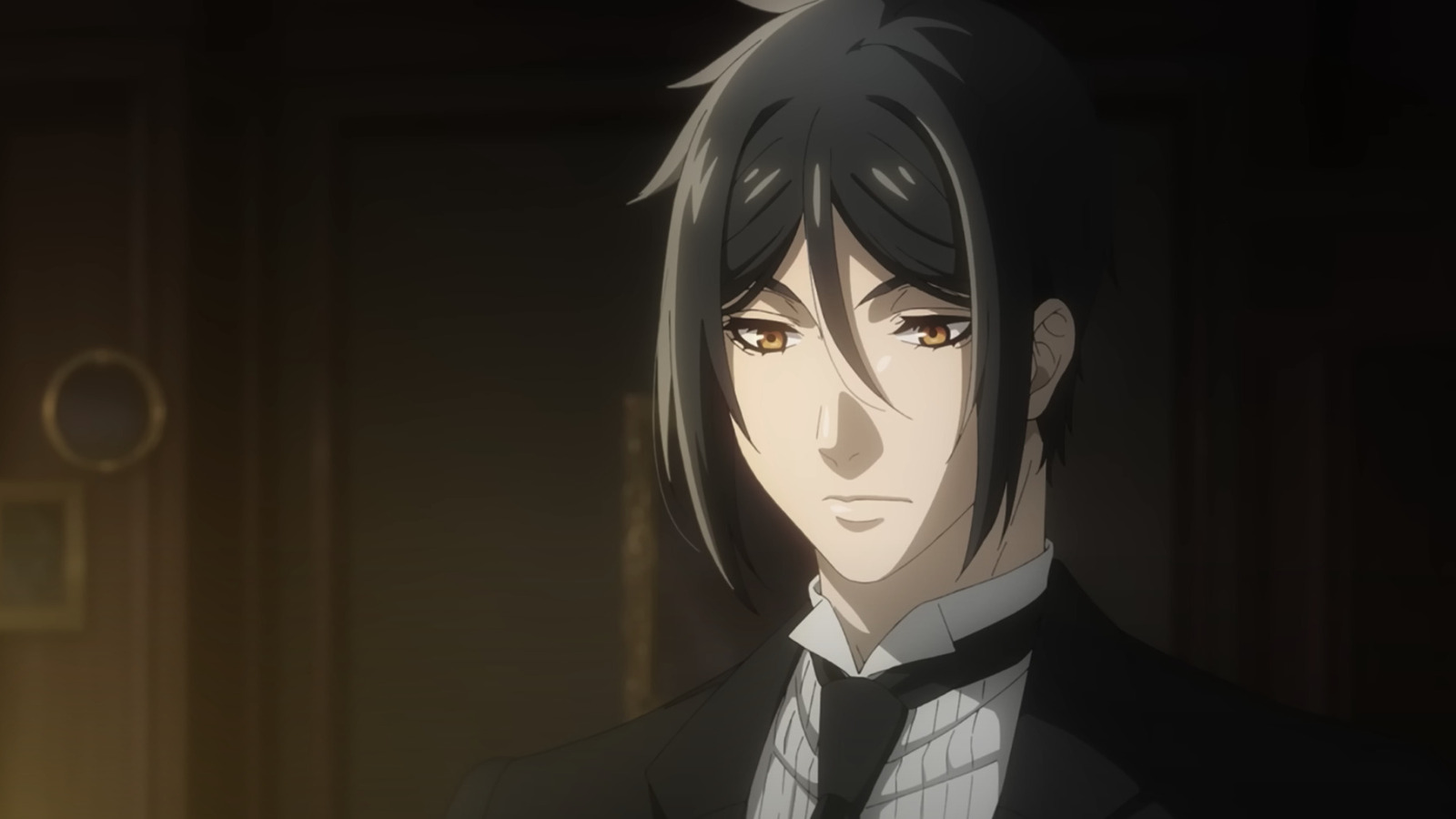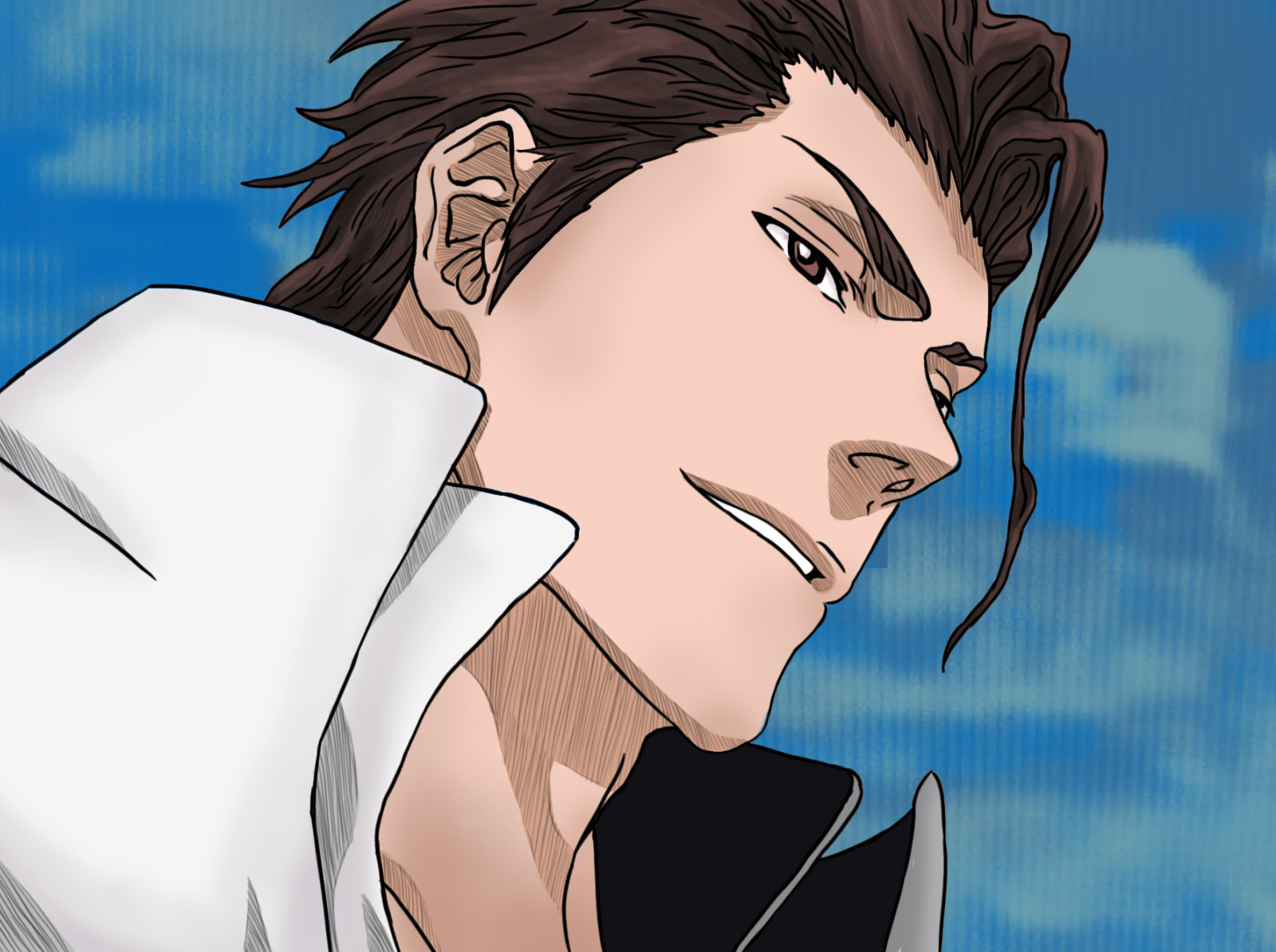Black Clover manga panels? Yo, let’s dive into the awesome art and storytelling behind this epic manga! From the crazy battles to the chill moments, the panels totally pop with style. We’re talkin’ about the evolution of the art, how characters are shown, and how the panels themselves tell the story. Get ready to geek out on the visual genius of Black Clover!
We’ll break down everything from the color palettes and panel layouts to the symbolism and the overall impact on the fans. We’ll even compare Black Clover’s style to other shonen manga, showing what makes it unique. Prepare for a deep dive into the world of Black Clover’s killer panels!
Black Clover Manga: A Deep Dive into Artistic Style and Storytelling: Black Clover Manga Panels
Yo, manga heads! Let’s break down the sick art and storytelling in Black Clover. From its early days to the epic final arc, the manga’s visuals evolved massively, shaping how we experienced Asta’s journey. We’re gonna dissect the panels, the character portrayals, and the overall impact of Tabata’s artistic choices. Get ready to geek out!
Artistic Styles in Black Clover Manga Panels

Black Clover’s art style went through a dope transformation throughout its run. Early chapters had a more rough, less refined look, but as the series progressed, the detail and dynamic action sequences became legendary. The shift in style is noticeable, with a clear improvement in character anatomy, background detail, and overall polish. The use of color also became more sophisticated, adding depth and emotional weight to the scenes.
Panel Layouts: Battles vs. Quiet Moments
The panel layouts in Black Clover perfectly reflected the tone of the scene. Major battles were a chaotic explosion of action, with dynamic panel arrangements that emphasized movement and power. Think rapid-fire sequences, broken panels, and creative use of perspective to showcase the scale of the fights. In contrast, quieter moments often featured simpler, more static layouts that allowed for a focus on character expressions and intimate interactions.
The contrast between these styles was a key element in creating a varied and engaging reading experience.
Recurring Visual Motifs and Symbolism
Certain visual motifs popped up throughout the manga, adding layers of meaning and foreshadowing. The five-leaf clover, obviously, represented Asta’s unwavering determination and his connection to the anti-magic. The use of light and shadow also played a huge role, symbolizing good versus evil, hope versus despair. Even the way characters were positioned within panels often hinted at their power dynamics or inner struggles.
Check what professionals state about a silent voice manga and its benefits for the industry.
Color and Shading: Mood and Atmosphere
Color and shading weren’t just about aesthetics; they were crucial for setting the mood. Dark, muted tones created a sense of foreboding during intense battles or emotionally heavy scenes. Conversely, brighter, more vibrant colors were used to emphasize moments of triumph, joy, or hope. The skillful use of light and shadow added depth and dimension to the characters and environments, making them feel more real and immersive.
Artistic Styles Across Different Arcs
| Arc Name | Dominant Color Palette | Panel Composition Style | Notable Artistic Choices |
|---|---|---|---|
| Eye of the Midnight Sun | Dark blues, purples, and blacks | Dynamic, chaotic layouts reflecting intense battles | Increased use of close-ups to emphasize character emotions |
| Royal Capital | Brighter colors, more varied palette | More balanced mix of action and static panels | Detailed backgrounds showcasing the grandeur of the capital |
| Elf Reincarnation | Deep reds, golds, and greens | Intricate, layered panels to show the complexity of the arc’s themes | Use of symbolic imagery to represent the elves’ past and present |
| Spade Kingdom | Darker tones, punctuated by bursts of bright color | Grand, sweeping panels emphasizing the scale of the final battles | Sophisticated use of shading and lighting to enhance dramatic tension |
Character Representation Through Panels, Black clover manga panels
Black Clover masterfully used panels to showcase character personalities and emotions. Close-ups emphasized facial expressions, revealing inner turmoil or unwavering resolve. Long shots highlighted the character’s position within their environment, adding context to their actions and motivations. Panel transitions were carefully crafted to control the pacing and create a sense of dramatic tension or emotional release during character interactions.
Examples of Character Emotions and Personality
- Asta’s unwavering determination was often depicted through dynamic action panels, showing him charging headfirst into battle, regardless of the odds.
- Yami’s stoic demeanor was conveyed through panels featuring his sharp gaze and confident posture.
- Noelle’s emotional growth was shown through a progression of panels, from her initial insecurity to her eventual self-assuredness.
Visual Representation of a Key Character Moment
Imagine a panel depicting Asta’s final confrontation with Lucius. The panel is split vertically, with Asta on the left, his body slightly hunched, his face determined yet weary. The right side shows Lucius, bathed in an ominous, crimson light, his smile cold and calculating. A thick black line separates the two, symbolizing the clash between their ideologies.
Cracks appear in the background, reflecting the shattering of the world itself.
Panel Composition and Storytelling
The use of gutters and panel borders in Black Clover directly impacted the reader’s experience. Narrow gutters created a sense of urgency and rapid pacing, while wider gutters allowed for moments of reflection and emotional build-up. Different panel sizes also played a role in pacing; smaller panels emphasized quick action, while larger panels provided more detailed views of character interactions or environmental details.
Unconventional layouts, such as broken panels or splash pages, were used to emphasize dramatic moments and enhance the narrative’s impact.
Examples of Unconventional Panel Layouts
- During intense battles, broken panels and overlapping images were used to depict the chaotic nature of combat.
- Moments of intense emotion were often emphasized by using larger panels or splash pages to fill the entire page.
- Transitions between scenes sometimes utilized unconventional layouts to create a sense of disorientation or suspense.
Impact of Specific Panels
One iconic panel depicts Asta’s unwavering resolve against Licht, even after witnessing the latter’s apparent death. Asta, covered in blood and wounds, stares defiantly at the fallen figure. The background is dark and stormy, yet Asta’s expression is one of undying hope. The panel’s impact lies in its ability to capture Asta’s unwavering spirit, even in the face of overwhelming adversity.
This moment cemented Asta’s character and resonated deeply with fans.
Technical Aspects of a Striking Panel
- Composition: The panel is a close-up, focusing on Asta’s determined expression, while the background is blurred and dark, highlighting his focus.
- Color: The use of dark blues and reds enhances the dramatic tension, contrasting Asta’s determined face with the grim setting.
- Linework: The linework is thick and bold in places, emphasizing Asta’s muscles and determined gaze, while thinner lines in the background create depth.
Influence of Other Manga Styles
Black Clover’s art style drew inspiration from various shonen manga, notably incorporating elements of action-packed storytelling reminiscent of titles like Naruto and One Piece. However, Black Clover developed its own distinct visual identity through its dynamic paneling and unique character designs. The use of bold lines and expressive character designs set it apart from other shonen manga.
Comparison of Paneling Techniques
| Manga | Panel Style | Character Design | Action Sequences |
|---|---|---|---|
| Black Clover | Dynamic, often uses broken panels and unusual layouts | Bold lines, expressive features | Fast-paced, chaotic, emphasizing power and movement |
| My Hero Academia | Clean, well-defined panels with clear transitions | More realistic proportions, detailed costumes | Well-choreographed, emphasizing the characters’ powers and strategies |
| One Piece | Varied panel sizes, dynamic layouts for action scenes | Exaggerated features, expressive body language | Large-scale, often involving multiple characters and environments |
So, yeah, Black Clover’s manga panels are straight fire. The art style evolves, characters shine through, and the storytelling is next level. The way they use color, composition, and symbolism is seriously impressive. Whether it’s a massive battle or a quiet moment, every panel contributes to the overall epicness. This manga is a visual masterpiece, and the panels are a huge part of why it’s so awesome.



